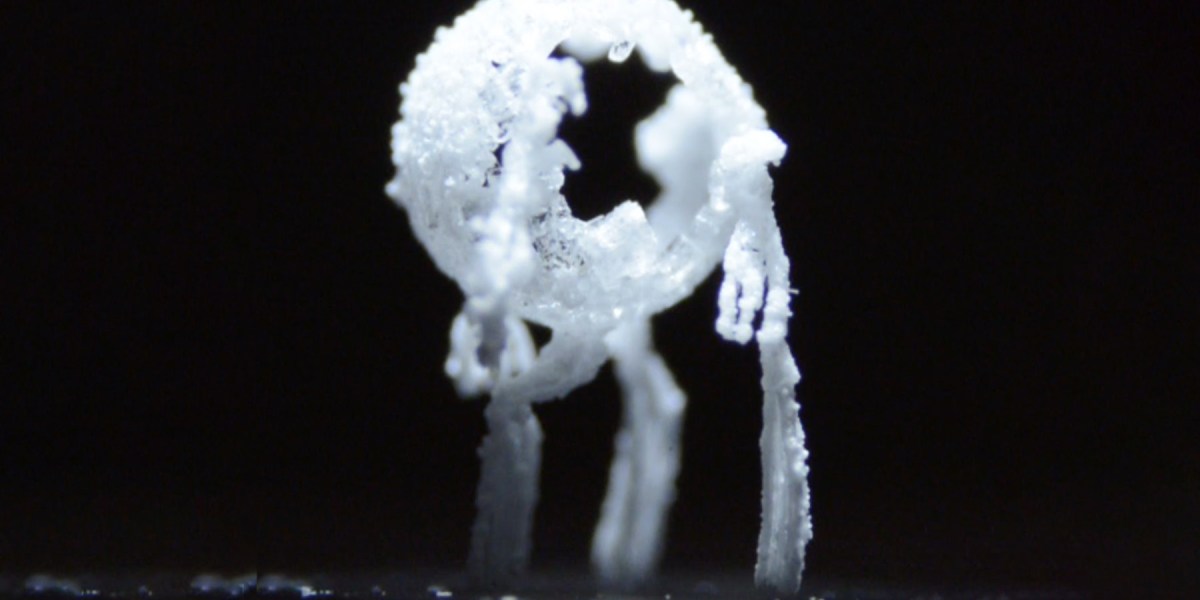
It is possible to cause crystal formations to move in a particular direction by changing the heat on the surface. Higher temperatures will accelerate their growth and liftoff, decreasing the time they block the surface.Varanasi says that preventing heat exchanger fouling is a significant potential benefit. According to Varanasi this problem can cost the US and other industrialized countries a quarter of percent of their GDP. The process could also allow for the use of untreated salty water in some industrial cooling systems, which otherwise would require billions of gallons worth of fresh water. Some of the minerals and salts recovered could be used to make salable products.Varanasi states that the methods to create water-repellent surfaces are well-developed. This means that industrial scale implementation should not be difficult.
